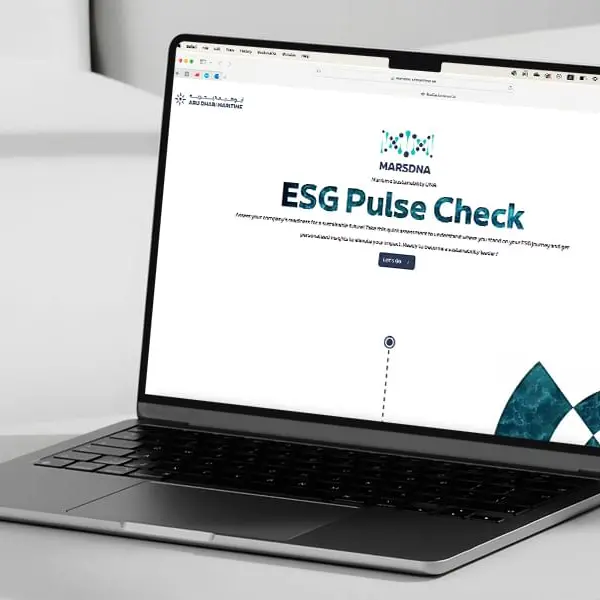In the movie “The General’s Daughter” starring John Travolta, the character played by Travolta leaves the audience with a lasting quote. When he is asked by his investigative partner how he plans to explain the curious manner in which they exposed the criminals to their superiors, Travolta responds with the classic and insightful line, “It’s all about how you tell the story”.
It’s all about how you tell the story.
I have often commented to clients and at conferences that the first retailer or mall developer in the UAE (or GCC for that matter) that does something truly value-add and/or innovative with store communications will have a significant first mover strategic advantage in their sector.
Note: I mentioned “communications”, not signage. Signs are those flat plastic, wooden and metal devices that you find hanging in stores and/or plastered on the walls and shelves. I’m talking about strategic consumer communications: the manner in which you inform, direct, inspire and educate your customer. Communications are strategic and experiential; signs are tactical and physical. The content of those signs is the conversation you have with your customer during their store experience; it is the voice, personality and value proposition of your brand. Far too many stores and malls put up signs but fail to deploy them as an integrated and coordinated communications strategy that builds true brand equity and lasting customer loyalty.
Here’s an experiment you can try that illustrates the subtle but largely misunderstood importance of communications. Walk into any store and stop 2 feet inside the lease line. Now look carefully and objectively at just the content of the signs. What do they communicate? What do they tell you about the value of that product or service? Is it a compelling message? Does it differentiate? Are the messages consistent? Do they tell a story about that brand that makes you want to buy, tell your friends and come back next week? If you knew nothing else other than what was contained in those signs, what would you know about that store? What you will see in most cases is simply price or sale messages and these alone are not enough to compel people to buy.
So how do you construct a system of customer focused communications that speak to the larger issue of value? The best example of that would be to conduct the same exercise as above but this time step 2 feet inside the entry of Ikea. All of their communications have a consistent message that supports their brand and the value proposition they offer to customers. The communications are uniform in design and execution, engaging and clear, in alignment with their core brand and relentless in reinforcing their broad spectrum of core brand values. There is promotional signage, but the majority of the signage is not price messaging, it is about their brand and why customers should shop there. Although price is a dominant theme they link their core value proposition to customer service, convenience, selection, environmentalism, national character, family values and much more.
Now assume that you took all that away, everything about brand personality and communication was removed from an Ikea store. What would be left? How would you know that they flat pack everything to reduce cost and packaging, about their strong commitment to the environment, the “Ikea Social Initiative”, or their customer service principles? How would you know why “assembling furniture is a good thing”, or why shopping at Ikea is a pleasure because they “make it easy before, during and after your visit”? They have a conversation with you as you experience the store that explains who they are, what makes them special and why you should shop there.
Without the communication program, an Ikea store would simply be a large building full of inexpensive furniture that you need to assemble.
We met with a furniture retailer recently who was losing market share and couldn’t understand why his customers were giving their business to the competition when he was offering so much more. “More what?” I asked. He then recited a long list of benefits that included: delivery, financing, personal shopping, custom orders, exclusive brands and several others; all-in-all a pretty impressive collection of customer benefits. While standing near the entry to the store I asked him to tell me where a customer would learn about those features. After a long pause he had to admit that there wasn’t a single piece of communications in the store that contained a message other than price. Not one.
Consider another theoretical example: there are 2 shops selling exactly the same product, let’s say it’s shoes. Both stores have the same pair of black men’s dress shoes in the shop front window (and this is often the case) at exactly the same price but one store chooses to communicate a value proposition:


In the absence of any other information which shoes would you buy?
We are often asked to provide guidance on how to begin implementing an integrated communication program and we generally respond with the following comments:
- Look closely and compare your value proposition with what is actually communicated in your store (look for the information gaps).
- Carefully define what the top 3 or 4 big messages are that all customers should know and focus on getting those into the stores (you can’t do it all at once).
- Be consistent in your graphic formatting (one brand - one voice).
- Include messages that are unique or set you apart from the competition (differentiation is the goal).
- Forget expensive technology and keep it focused (the medium is not the message).
- Focus on key customer experience areas where you will have the most impact (shop front, cash desk, new product displays, entry merchandising, etc.).
A carefully crafted communications program is one of the easiest and most cost-effective ways to build a relationship with your customers and yet it is often overlooked by retailers. Communications are a critical link in the customer experience and they function 24/7 to broadcast your message and affect the choices that customers make every day.
Communication can help make a material difference in how consumers respond to your brand, but remember, it’s all about how you tell the story!
How will you tell yours?
Any opinions expressed in this article are the author’s own
Disclaimer: This article is provided for informational purposes only. The content does not provide tax, legal or investment advice or opinion regarding the suitability, value or profitability of any particular security, portfolio or investment strategy. Read our full disclaimer policy here.
© Opinion 2020






















